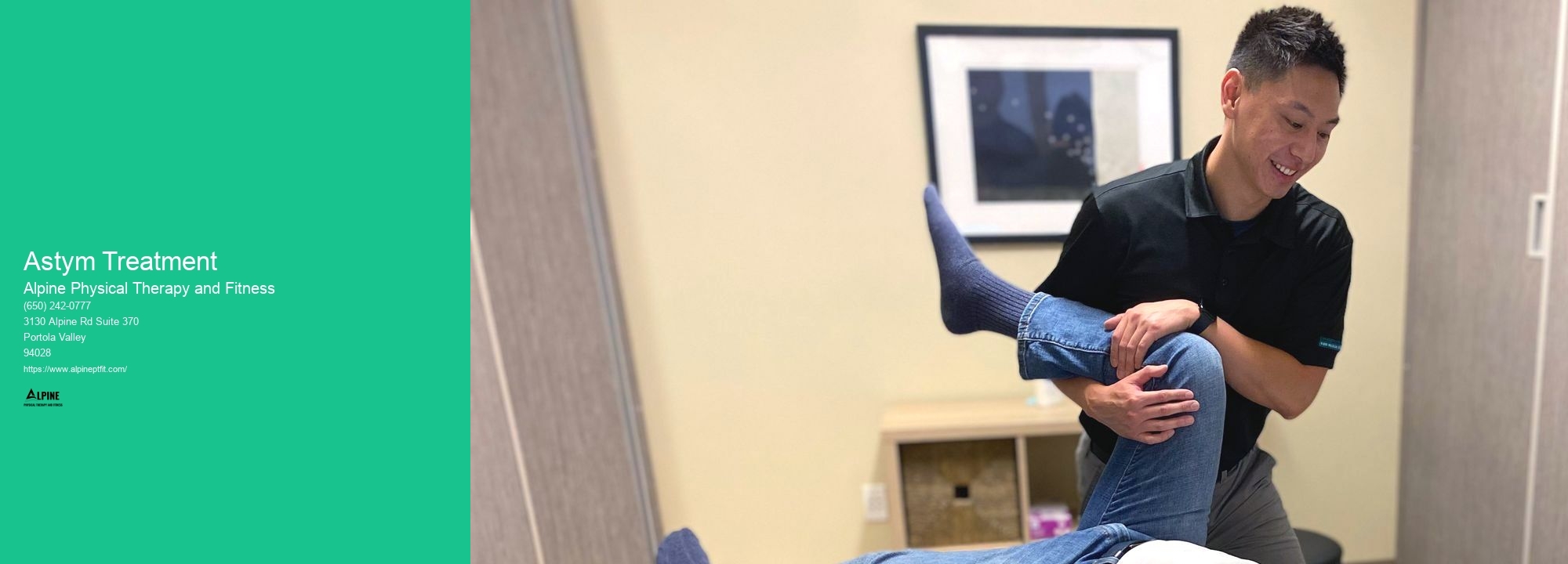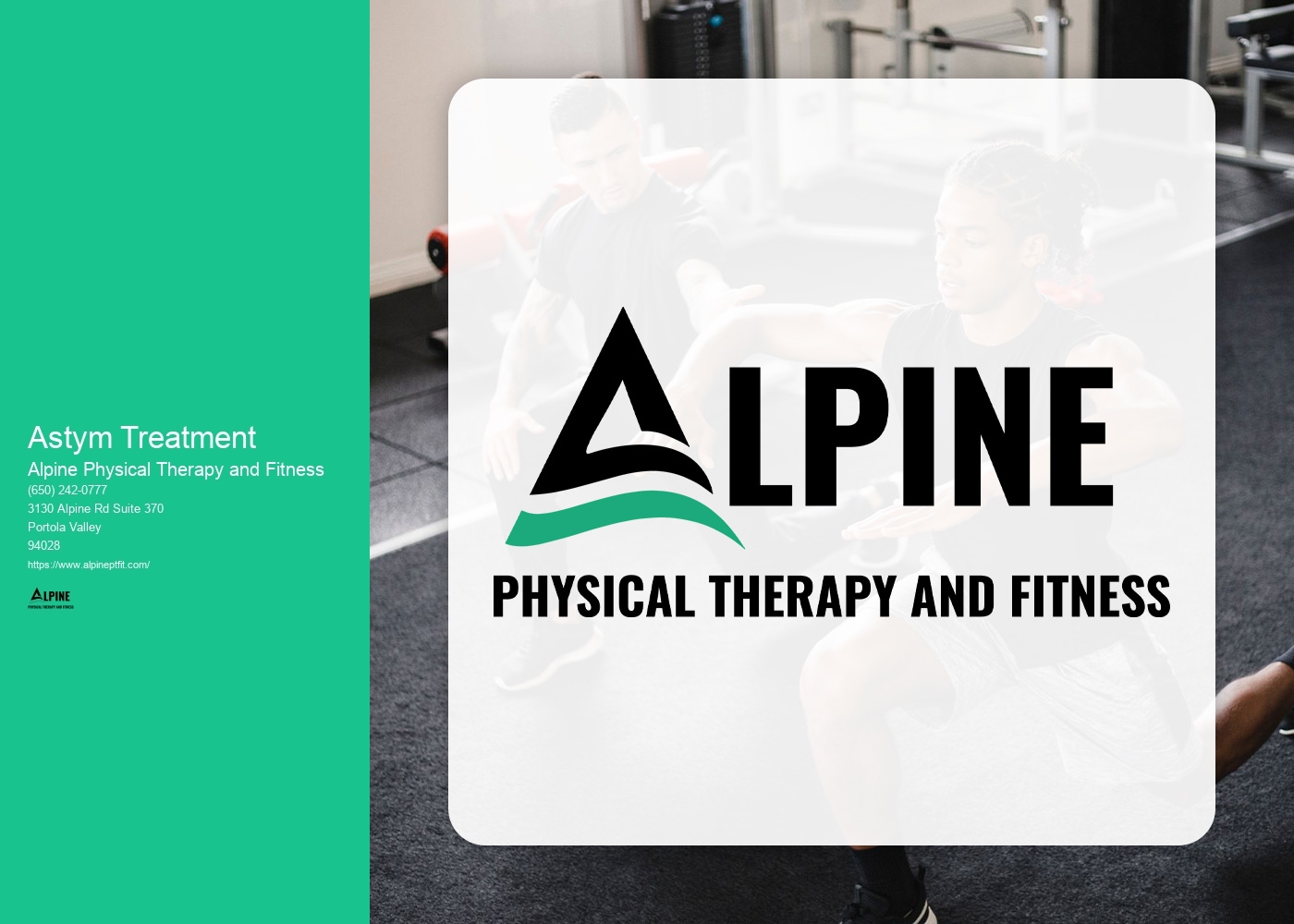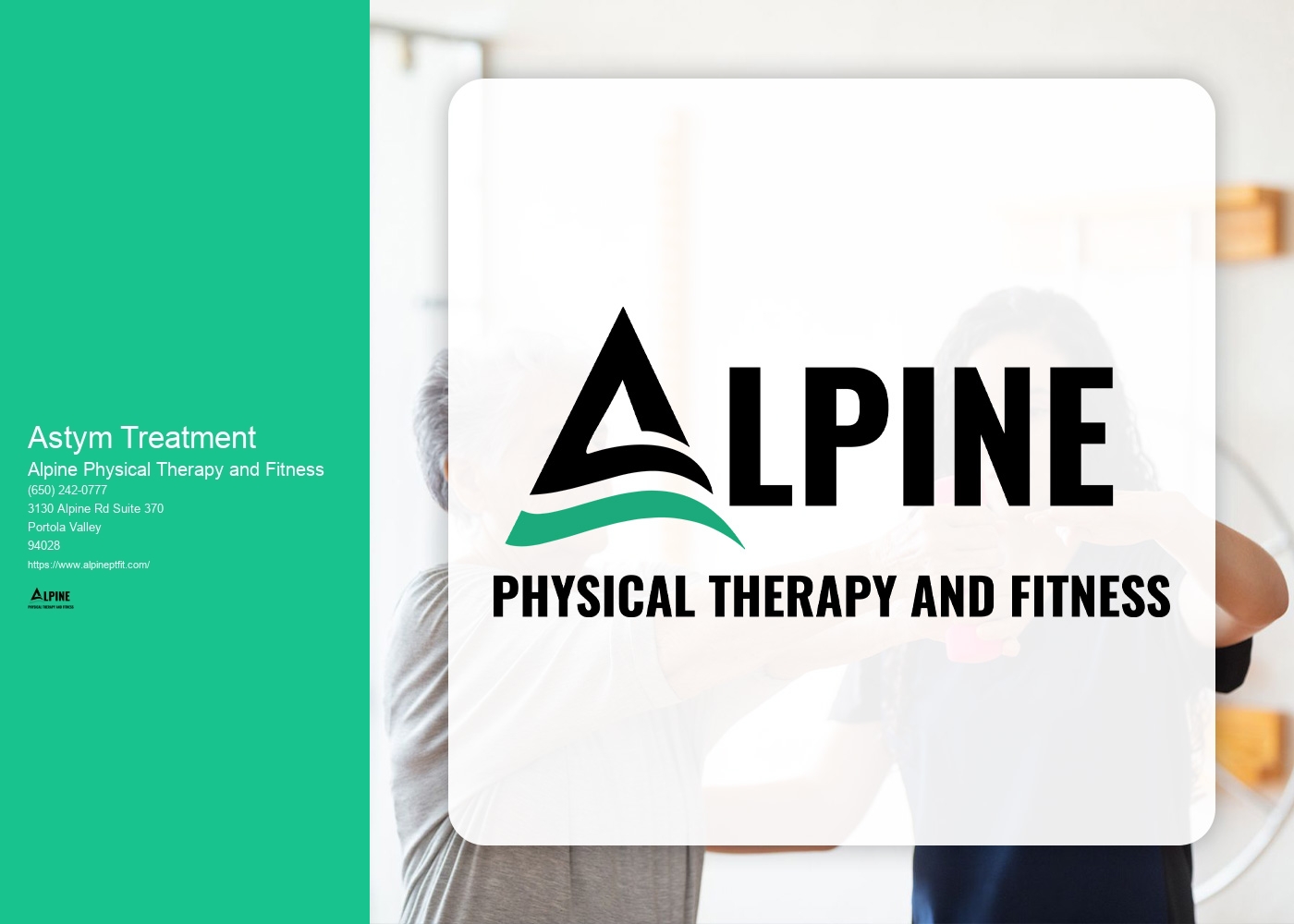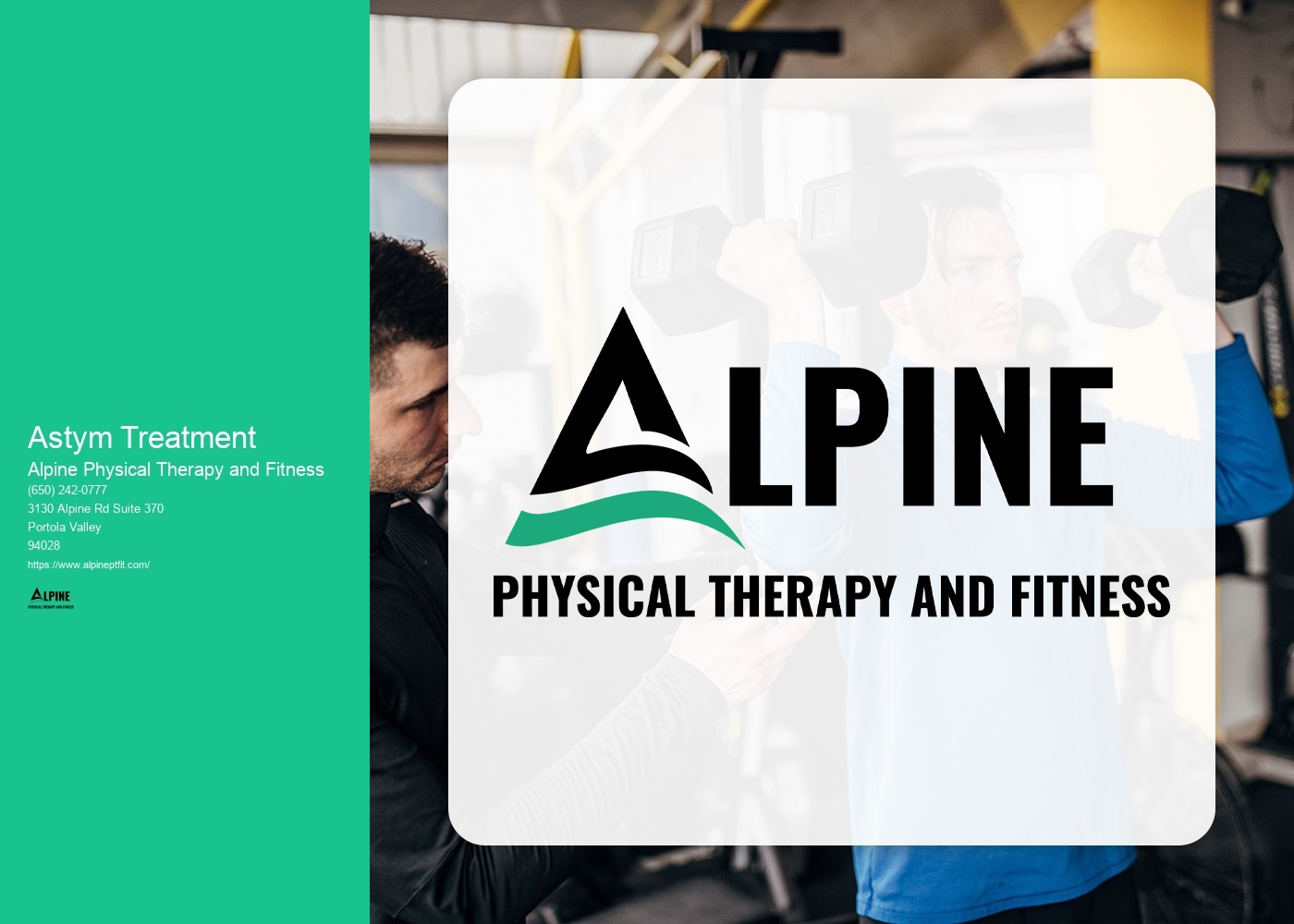

Astym treatment is a specialized form of therapy that is used to treat soft tissue injuries and chronic conditions. It is a non-invasive approach that focuses on stimulating the body's natural healing process. The treatment involves the use of specific instruments that are applied to the skin to detect and treat areas of dysfunction in the soft tissues.
Astym treatment works by utilizing the principles of manual therapy and tissue regeneration. The instruments used in the treatment are designed to detect and target areas of scar tissue and fibrosis in the soft tissues. By applying pressure and friction to these areas, the instruments stimulate the body's healing response, promoting the regeneration of healthy tissue. This helps to improve blood flow, reduce pain, and restore normal function to the affected area.
Astym treatment can help with a wide range of conditions, including tendinitis, plantar fasciitis, carpal tunnel syndrome, tennis elbow, and chronic muscle pain. It is particularly effective for conditions that involve scar tissue and fibrosis, as it helps to break down these adhesions and promote the growth of healthy tissue. The treatment can be used on various parts of the body, including the arms, legs, back, and neck.

Astym treatment is generally not painful. The instruments used in the treatment are specifically designed to be gentle on the skin and tissues. While some patients may experience mild discomfort during the treatment, it is typically well-tolerated and does not cause significant pain. The therapist will work closely with the patient to ensure their comfort throughout the session.
The duration of an Astym treatment session can vary depending on the specific needs of the patient and the area being treated. On average, a session can last between 30 to 60 minutes. The therapist will assess the patient's condition and develop a treatment plan that includes the appropriate duration and frequency of sessions.

The number of Astym treatment sessions needed will depend on the individual and the severity of their condition. In general, patients may require anywhere from 4 to 12 sessions to achieve optimal results. The therapist will monitor the patient's progress and adjust the treatment plan as necessary to ensure the best outcome.
Astym treatment is considered to be safe and generally does not have any significant side effects. However, some patients may experience temporary redness, bruising, or mild soreness in the treated area. These effects are typically mild and resolve on their own within a few days. It is important for patients to communicate any concerns or discomfort to their therapist during the treatment process to ensure their safety and well-being.

Physical therapy plays a crucial role in addressing toe-walking in children. Toe-walking refers to a gait pattern where a child walks on their toes instead of using their entire foot. Physical therapists use a variety of techniques and interventions to address this issue. They may focus on improving muscle strength and flexibility in the lower legs and feet through exercises and stretches. They may also work on improving balance and coordination to help the child transition to a more typical heel-to-toe walking pattern. Additionally, physical therapists may use orthotic devices, such as ankle-foot orthoses, to provide support and encourage proper foot alignment. By addressing the underlying factors contributing to toe-walking, physical therapy can help children develop a more functional and efficient walking pattern.
Physical therapy can be highly beneficial for older adults with osteoarthritis. By incorporating a range of exercises and techniques, physical therapists can help improve joint mobility, reduce pain, and increase overall function. Therapeutic exercises, such as range of motion exercises and strengthening exercises, can help improve joint flexibility and muscle strength, which can alleviate the symptoms of osteoarthritis. Additionally, manual therapy techniques, such as joint mobilization and soft tissue mobilization, can help reduce pain and improve joint function. Physical therapists may also provide education on proper body mechanics and posture, as well as recommend assistive devices, such as braces or canes, to help older adults with osteoarthritis maintain their independence and reduce the risk of falls. Overall, physical therapy plays a crucial role in managing osteoarthritis in older adults, helping them maintain an active and fulfilling lifestyle.
Physical therapy can be a valuable treatment option for individuals with pulmonary fibrosis. Pulmonary fibrosis is a progressive lung disease characterized by the scarring of lung tissue, which can lead to difficulty breathing and reduced lung function. Physical therapy interventions, such as breathing exercises, chest physiotherapy, and aerobic conditioning, can help improve lung function, increase exercise tolerance, and enhance overall quality of life for individuals with pulmonary fibrosis. These interventions aim to optimize respiratory mechanics, promote effective coughing and secretion clearance, and enhance cardiovascular fitness. Additionally, physical therapists can provide education and support to individuals with pulmonary fibrosis, helping them manage their symptoms and adapt to their condition. Overall, physical therapy can play a crucial role in the comprehensive management of pulmonary fibrosis, improving functional capacity and enhancing the overall well-being of individuals affected by this condition.
Physical therapists utilize the Mulligan Concept as a technique for joint mobilization in their practice. This approach involves the application of sustained manual pressure and movement to specific joints in order to improve their range of motion and reduce pain. The Mulligan Concept focuses on the concept of mobilization with movement, where the therapist applies a specific force while the patient actively performs a specific movement. This technique allows for the restoration of normal joint mechanics and function, promoting healing and improving overall physical well-being. Physical therapists who employ the Mulligan Concept are trained to assess and treat various musculoskeletal conditions, using their expertise to provide targeted and effective joint mobilization interventions.